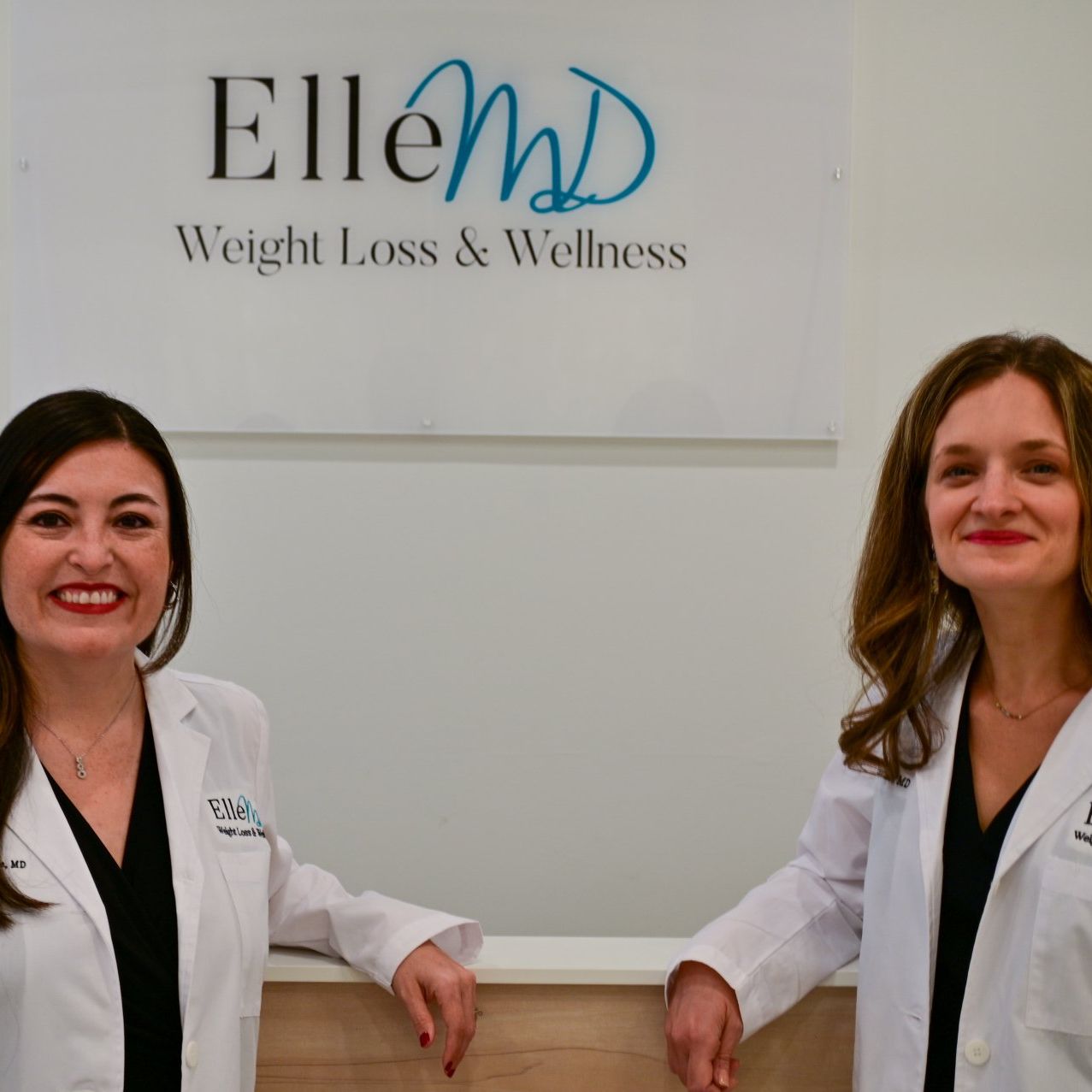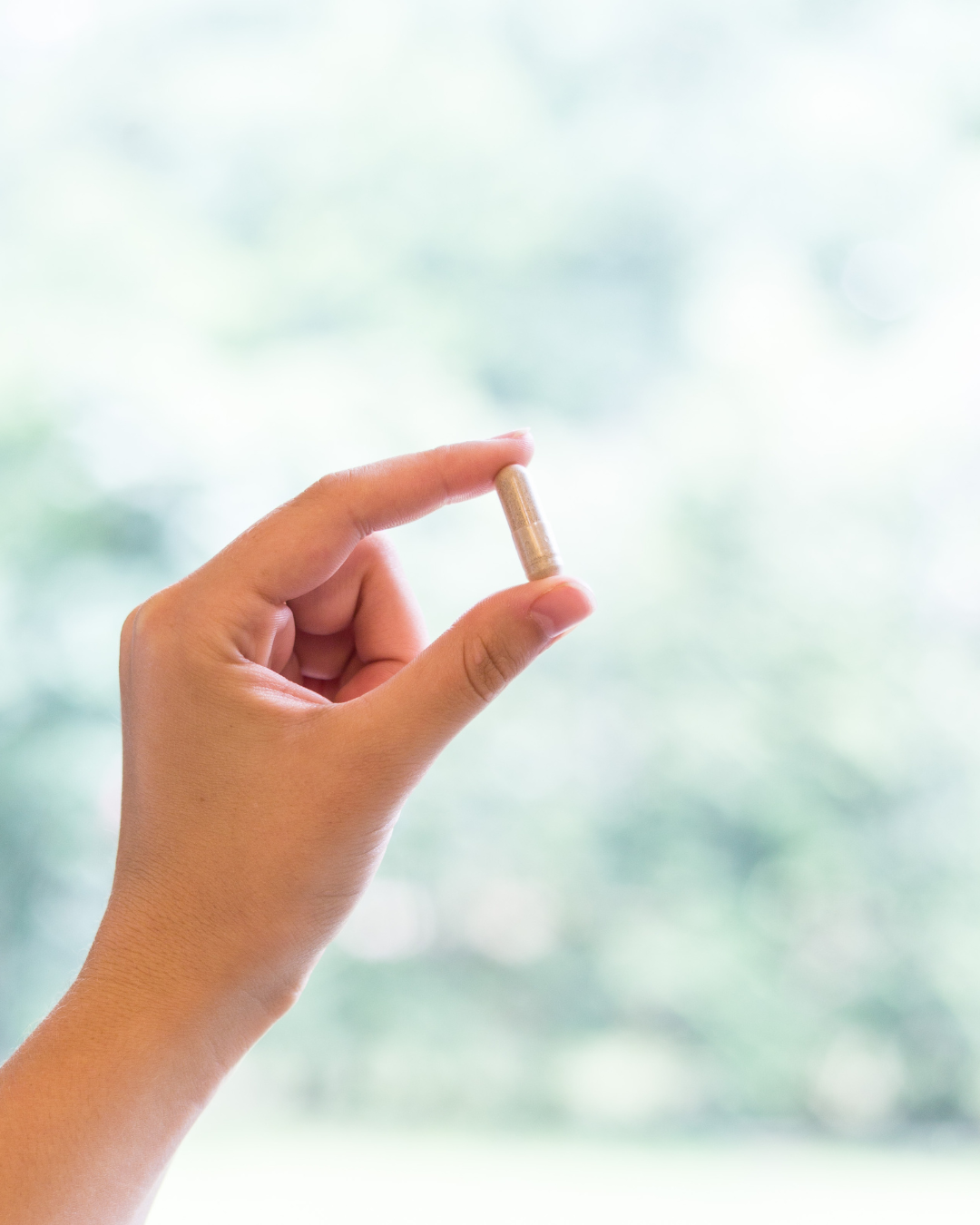What Causes SIBO? Symptoms, Risk Factors, and Gut Health Connection
What is SIBO, and what causes it?

What is SIBO?
Bacteria are a normal part of the gut and play an important role in maintaining health. In fact, the human gastrointestinal tract is home to several trillion microbial cells which make up the gut microbiome. Evolution has led to a marvelous dependency between these microbes and the health of their human host—a diverse microbiome plays a critical role in immunity, toxin elimination, nutrient absorption, and regulation of hormones along with a long list of other functions.
Bacteria increase in both numbers and diversity as you move along the GI tract. Small intestinal bacterial overgrowth, or SIBO, refers to an abnormal amount of bacteria found in the small intestine along with a decrease in the variety of bacteria that are found there.
SIBO is not an infection per se, but rather an imbalance of bacteria in the gut. There are several definitions for SIBO floating around, but the one we like best is,
“the presence of excessive numbers of bacteria in the small bowel causing gastrointestinal symptoms”.
This definition highlights the importance of
symptoms in making the diagnosis of SIBO. Some people may have a higher amount of bacteria in the small intestine and not experience any symptoms at all, and in this case we would not diagnose SIBO. This definition also reinforces the idea that symptom reduction is a far more important measure of treatment efficacy than a laboratory value.
What causes SIBO?
The breakdown of any number of protective factors can contribute to the development of SIBO.
- Anything that slows movement through the small intestine can allow more bacteria to grow. This slow movement may be due to medication side effects, aging, or other gastrointestinal conditions. Structural changes can also alter movement patterns such as after gastric bypass, bowel radiation or as a result of small bowel diverticulosis.
- Malabsorption of nutrients can feed the bacteria living in the small intestine allowing them to multiply. Malabsorption may be a result of insufficient secretion of pancreatic enzymes or bile acids. Additionally bacterial overgrowth can injure the gut mucosa, decreasing the ability of the enzymes that are housed in the gut lining to break down and absorb nutrients and adding fuel to the fire.
- SIBO can also arise from problems with intestinal defense such as a weakened immune system or low stomach acid. While low stomach acidity from acid reducing medications such as proton pump inhibitors has been associated with the development of SIBO, more research is needed to determine how big of a risk these medications represent.
- SIBO is more common in people with certain other conditions, most significantly IBS. In fact, up to 78% of people with IBS also have SIBO. Other commonly linked disorders include diabetes, hypothyroidism, Celiac, Crohn’s, and Parkinson disease along with a long list of others.
What are the signs and symptoms of SIBO?
SIBO can cause a constellation of symptoms and laboratory findings.
Let’s start with the gastrointestinal symptoms as those tend to get the most attention. When consuming carbohydrates, they proceed through a process of digestion and absorption along the GI tract. When they reach the large intestine, whatever has not been absorbed is then fermented by the bacteria in the colon. In SIBO, this fermentation process starts too early resulting in the production of
gas in the small intestine and subsequent nausea, bloating and abdominal discomfort. Diarrhea and/or constipation are also common. Because SIBO can interfere with the ability to absorb fats, stools may be oily and difficult to flush.
Next there are the symptoms that happen outside of the GI tract. Impaired absorption of protein, fats and nutrients can lead to
weight loss, as can lower caloric intake as a result of the bloating and abdominal discomfort. SIBO has been associated with
poor concentration and fatigue and may contribute to the onset of
depression. Interestingly, common skin conditions such as
acne and rosacea have also been linked to underlying SIBO.
Finally there are the laboratory abnormalities that can occur in SIBO as a result of malabsorption of nutrients. Typically these findings are only seen in more severe cases of SIBO and include low calcium and magnesium along with micronutrient deficiencies such as vitamin B12, A, D, E, K, iron, thiamine, and niacin.
References:
- Lynch SV, Pedersen O. The Human Intestinal Microbiome in Health and Disease. N Engl J Med. 2016 Dec 15;375(24):2369-2379. doi: 10.1056/NEJMra1600266. PMID: 27974040.
- Bushyhead D, Quigley EMM. Small Intestinal Bacterial Overgrowth-Pathophysiology and Its Implications for Definition and Management. Gastroenterology. 2022 Sep;163(3):593-607. doi: 10.1053/j.gastro.2022.04.002. Epub 2022 Apr 7. PMID: 35398346.
- Pimentel M, Saad RJ, Long MD, Rao SSC. ACG Clinical Guideline: Small Intestinal Bacterial Overgrowth. Am J Gastroenterol. 2020 Feb;115(2):165-178. doi: 10.14309/ajg.0000000000000501. PMID:32023228.
- Quigley EMM. The Spectrum of Small Intestinal Bacterial Overgrowth (SIBO). Curr Gastroenterol Rep. 2019 Jan 15;21(1):3. doi: 10.1007/s11894-019-0671-z. PMID: 30645678.
- Quigley EMM. Bacterial overgrowth. In: Camilleri M, Fitz JG, Kalloo AN, Podolsky DK, Shanahan F, Wang TC, editors. Yamada’s textbook of gastroenterology. 6th ed. Wiley: Chichester; 2016. p. 1294–304.
- Parodi A, Paolino S, Greco A, Drago F, Mansi C, Rebora A, Parodi A, Savarino V. Small intestinal bacterial overgrowth in rosacea: clinical effectiveness of its eradication. Clin Gastroenterol Hepatol. 2008 Jul;6(7):759-64. doi: 10.1016/j.cgh.2008.02.054. Epub 2008 May 5. PMID: 18456568.
- Addolorato G, Mirijello A, D'Angelo C, Leggio L, Ferrulli A, Abenavoli L, Vonghia L, Cardone S, Leso V, Cossari A, Capristo E, Gasbarrini G. State and trait anxiety and depression in patients affected by gastrointestinal diseases: psychometric evaluation of 1641 patients referred to an internal medicine outpatient setting. Int J Clin Pract. 2008 Jul;62(7):1063-9. doi: 10.1111/j.1742-1241.2008.01763.x. Epub 2008 Apr 18. PMID: 18422970.
- Fibromyalgia and CFIDS: Aaron LA, Burke MM, Buchwald D. Overlapping conditions among patients with chronic fatigue syndrome, fibromyalgia, and temporomandibular disorder. Arch Intern Med. 2000 Jan 24;160(2):221-7. doi: 10.1001/archinte.160.2.221. PMID: 10647761.
*AI Disclosure:
This content may contain sections generated with AI with the purpose of providing you with condensed helpful and relevant content, however all personal opinions are 100% human made as well as the blog post structure, outline and key takeaways.
* Affiliate Disclosure: Some of the links on www.elle-md.com may contain affiliate links meaning that we will get a commission for recommending products at no extra cost to you.
*Blog Disclaimer: Please note that reading our blog does not replace any health or medical advice consultation. Read our blog disclaimer here.

Meet the Drs.
Dr. Hendriks and Dr. Castillo MacKenzie are board-certified physicians, female, specialized, with over 10 years of experience.
Elle MD started after practicing in a traditional primary care setting together for over a decade. We grew frustrated with the current healthcare model, which places no emphasis on addressing the root cause of chronic disease. A lot of times, conventional care doesn’t even promote overall wellness!
We founded Elle MD in Royal Oak, MI, with a vision of providing this care in a compassionate and personalized way.
Download your free guide













